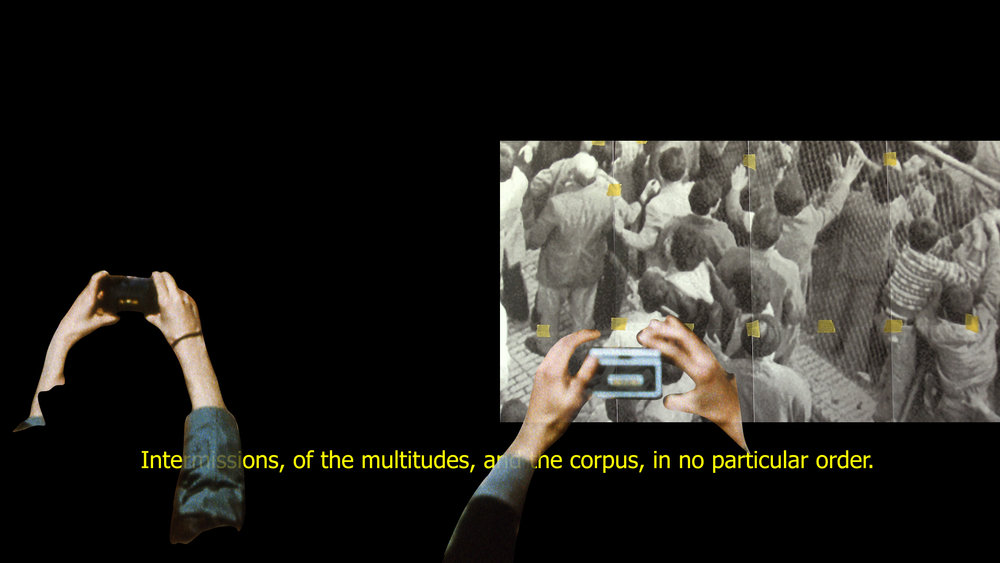Curator’s Statement:
It isn’t easy to think of anything curatorial; since November 2019, Iran has been through a lot. Maybe in this imposed darkness, we need to imagine our searchlight while investigating the roots of the incidents that brought us here. Looking for barriers and limitations that keep us from being ourselves again, or hidden conflict areas geographically or aesthetically, longing for poetics in places you can/can’t expect them public space or in-between landscapes. Would it be possible to see/foresee what is coming on the horizon at all, or will we never be the same?
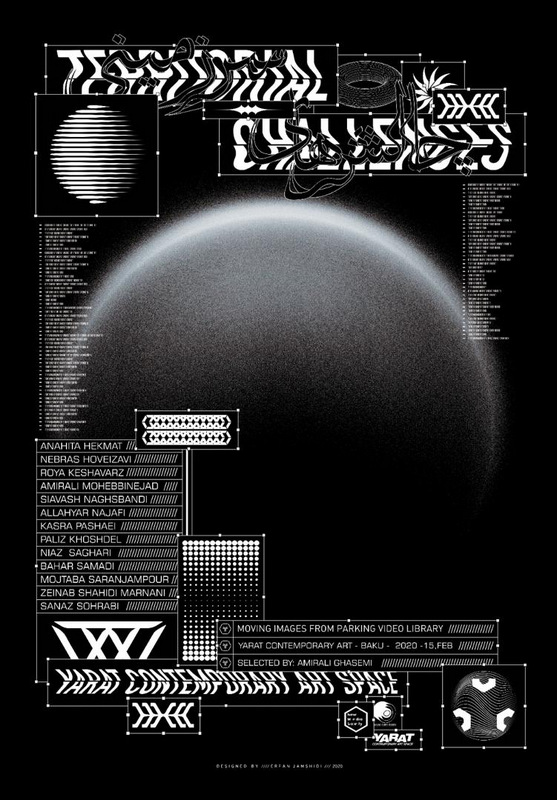
– Anahita Hekmat | Gah-Nameh [All the times to say goodbye] | 10:00 | 2017
Anahita Hekmat’s Gah-Nameh [All the times to say goodbye], a ten-minute-long video journey, blurs the boundaries of personal and public, poetics and politics. Today, information gleaned via images constantly affects our everyday life experience. Anyone may be a citizen-journalist or filmmaker, and tell our collective history from his/her own point of view. Here, first-person narration is constructed from the artist’s video diaries, and is mixed with storm-chaser videos from YouTube and people’s responses to a hurricane’s aftermath, to create a fictional story of a possible “Present.” Hekmat’s video at once embodies an experience of being in the world and deconstructs our narrative of the present.
![Gah-nameh [all the Times to Say Goodbye] Gah-nameh [all the Times to Say Goodbye]](https://newmediasoc.com/wp-content/uploads/2021/01/Gah-nameh-all-the-Times-to-Say-Goodbye.jpg)
– Amirali Mohebbinejad | My Calm Town | 5:30 | 2008
Here’s a brief, indirect and ironic video about an unpleasant issue of not only my country but many parts of the world. Magnifying the contrast between real events and the deceiving, beautified and distorted output of reality, given by the media, by creating a contradiction between sound and image of this work, I tried to make the audience think more, hear more and see more, to know more.
This is about reproducing reality and representing it as an original.
This is about not having trust in the media.
This is about the truth.
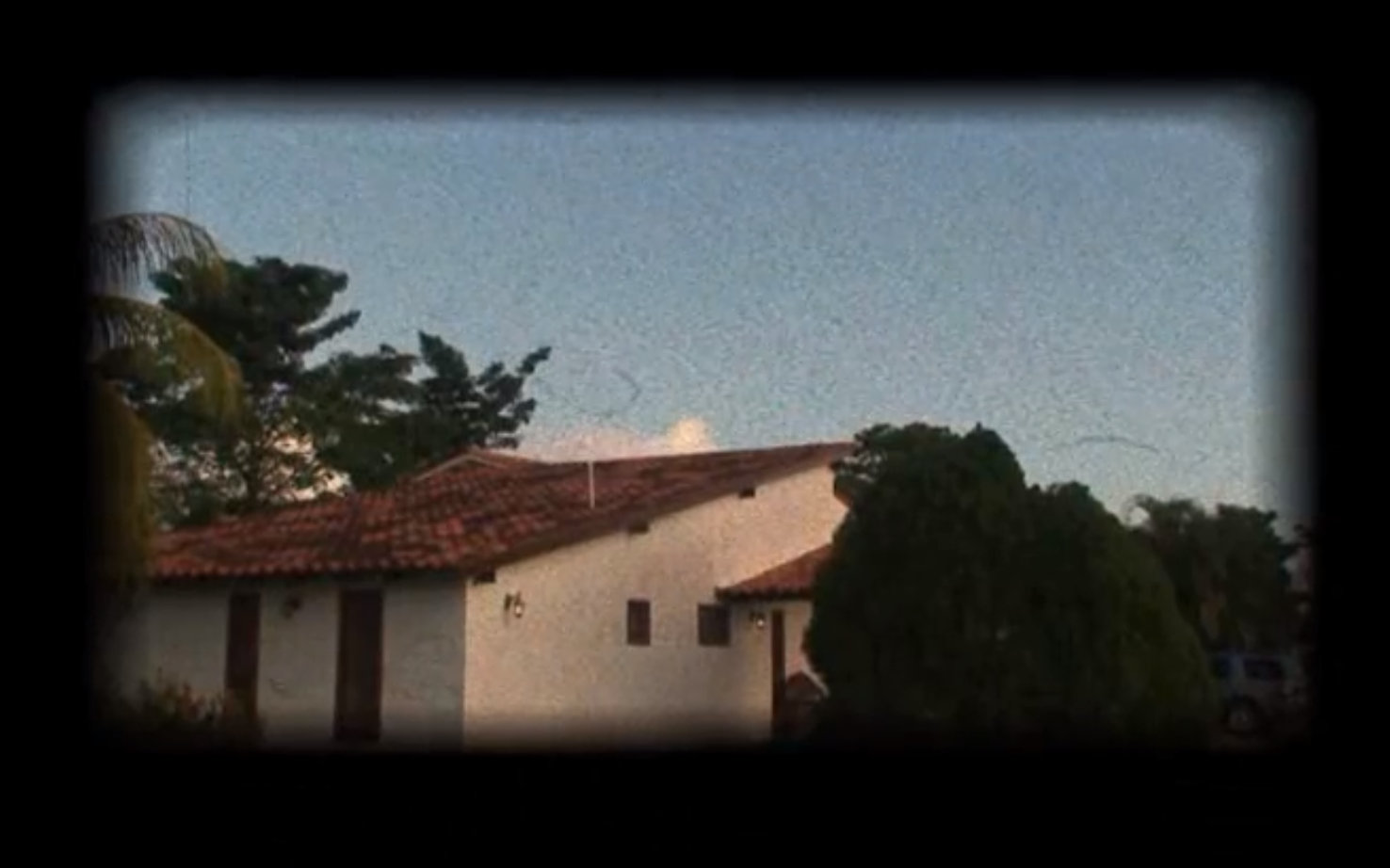
– Bahar Samadi | 101 | 3:33 | 2012
Re-filming found footage & re-‐edited By Bahar Samadi: The takeover of the Qasr Al-Nil bridge in Cairo by demonstrations following violent confrontations with the Mubarak security forces.
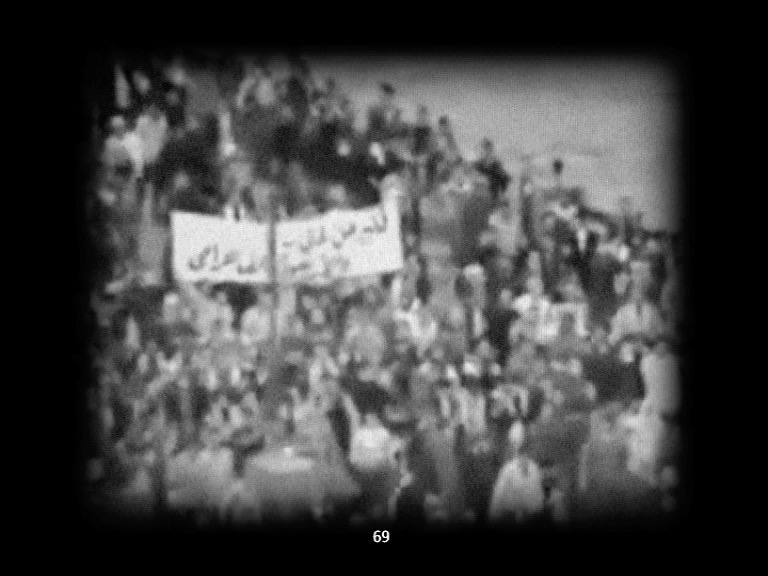
– Siavash Naghshbandi | Life goes on in Tehran | 0:03:31 | 2017
Life goes on in Tehran. Meanwhile, in this public pool, headless people continue to wander around free of any individuality.
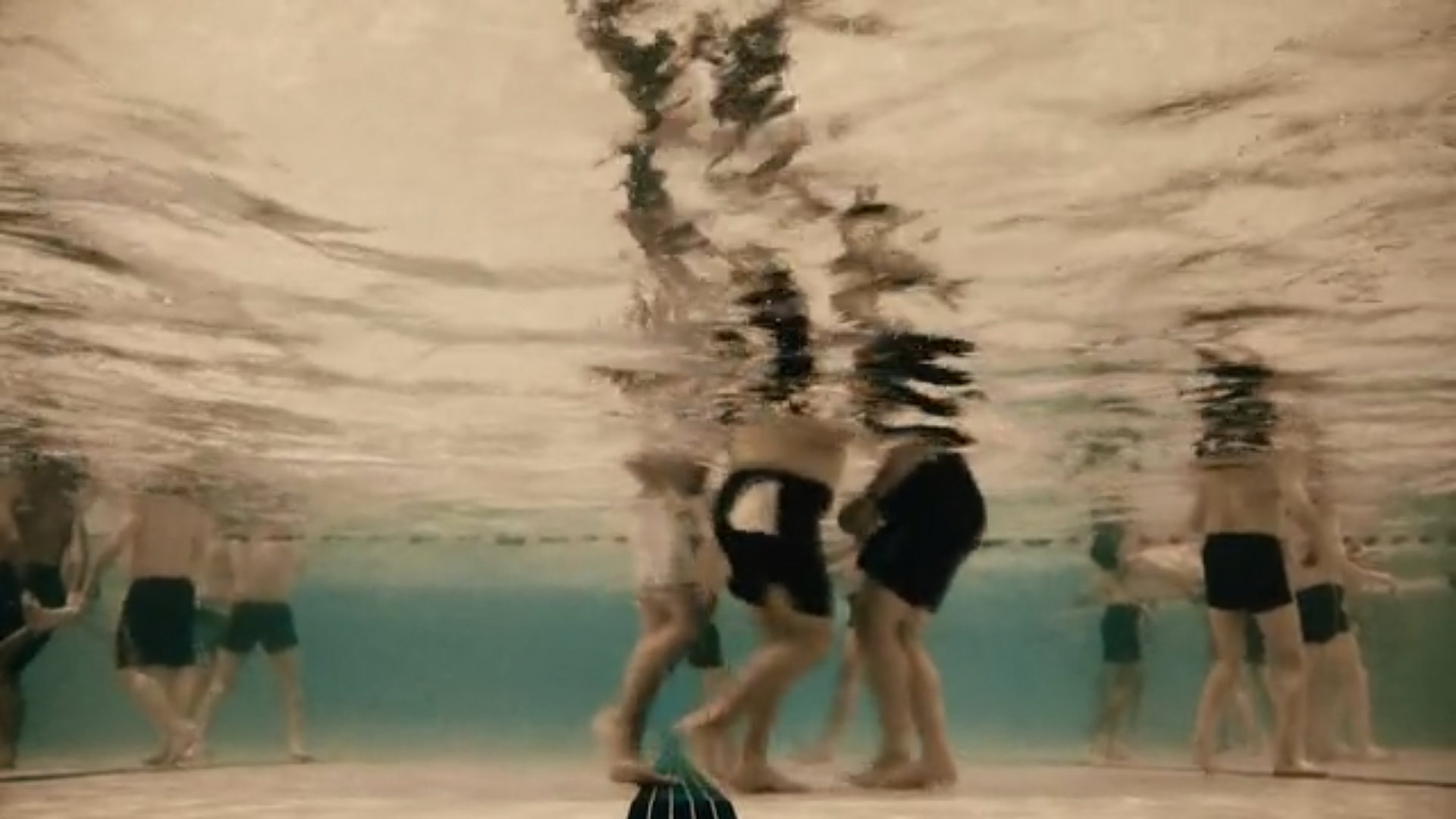
– Kasra Pashaei, Paliz Khoshde l Apnea | | 09:00 |2020
Sleep apnea, a respiratory condition characterized by pauses in breathing during sleep. The word apnea is derived from the Greek apnoea, meaning “without breath.”( Encyclopædia Britannica)
It’s an experimental video by Paliz Khoshdel which Kasraa Paashaaie had made its sound layer.
– Allahyar Najafi | ROW | 05:28 | 2016
Music at a glance can be the narrator and the archive of human evolution over time. Narratives in a different language, which speak of a fixed path in different ways.
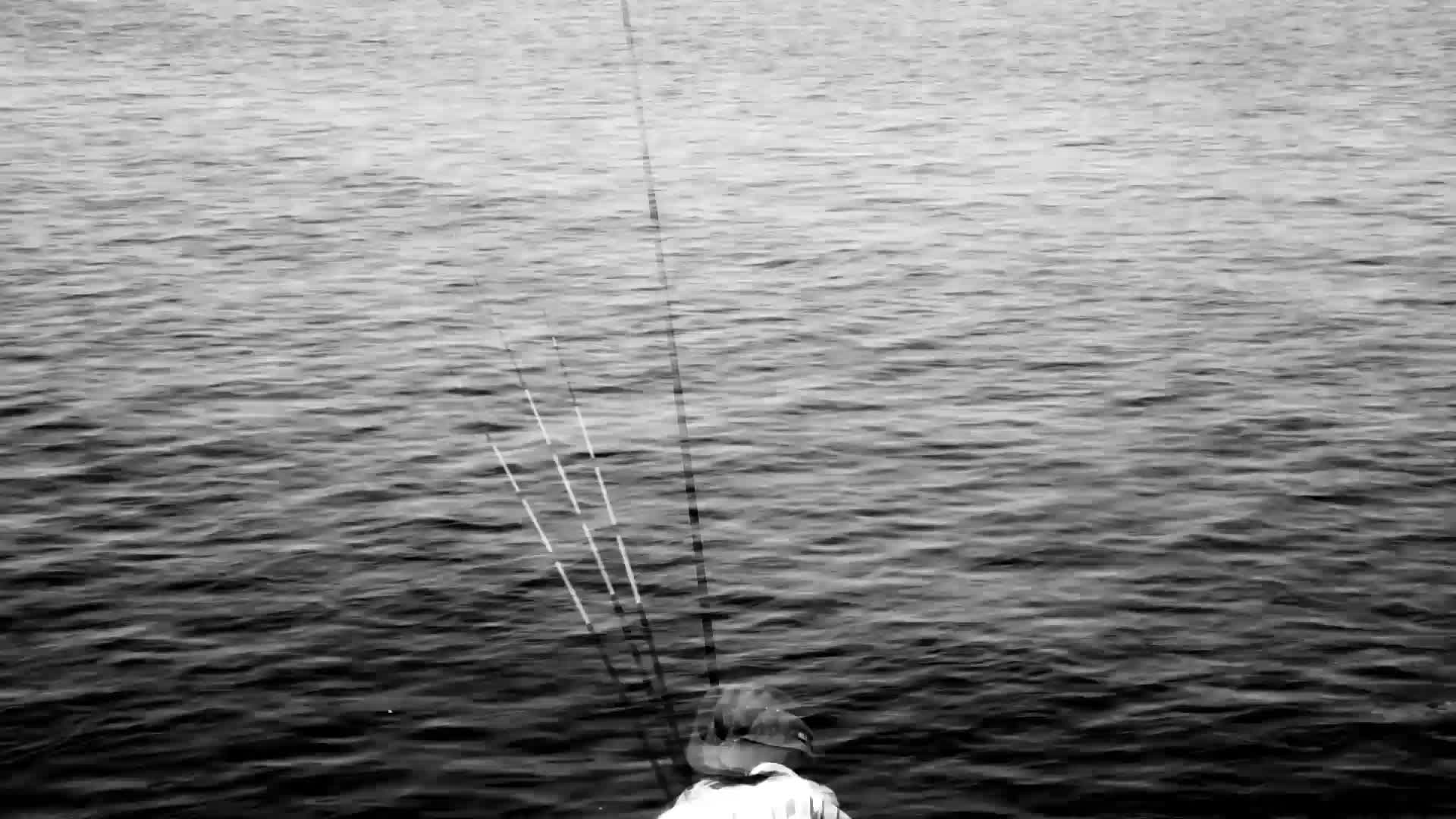
– Niaz Saghari | The Charcoal Alley | 06:09 | 2020
Behind the hustle and bustle of shopping malls in Tajrish, a bazaar in the north of Tehran, where the old meets the new, there is an old street where time seems to have stopped. Here is Koocheh Zoghali (Charcoal Alley) with its old school public bath, the second-hand shops with many bric-à-brac and only one actual charcoal shop remaining from the old days. Above them all is a huge crane casting its shadow on the street like a giant about to devour the old narrow alley. In the sound interviews, one shopkeeper predicts a future. He describes an image of chaos, protests, and riots. Only a few months pass and as I am editing the film, those imagined images come true in the streets. The sound of real chaos from the streets in October 2019 sits right after the sound of prediction a few months ago. When you shoot, you never know what might come true and what not.
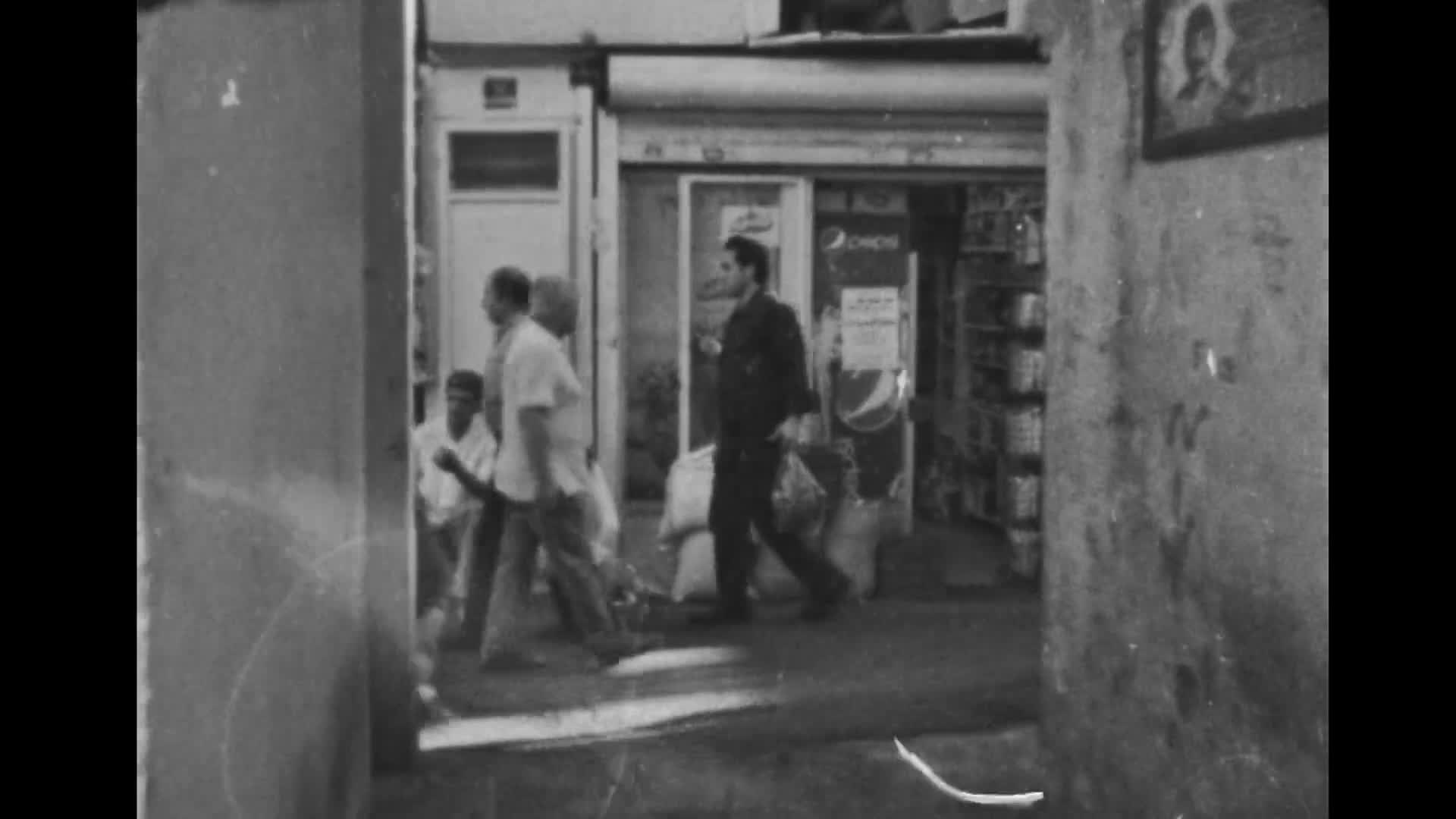
– Zeinab Shahidi Marnani | The Veronica (meaning “true image”) | 00:02:07 | 2017
The saint Veronica paused Christ when he fell carrying the cross to wipe the blood off his face with her veil that the image of his face miraculously impressed upon the cloth. The Veil of Veronica known as The Veronica was able to quench thirst, cure blindness, and even raise the dead.
There is no reference to the story of Veronica and her veil in the canonical gospels.
Some identified that event with a miracle of the woman with the issue of blood, called Berenike (meaning “bringer of victory”), who was healed by touching Jesus’s cloak without his intention.
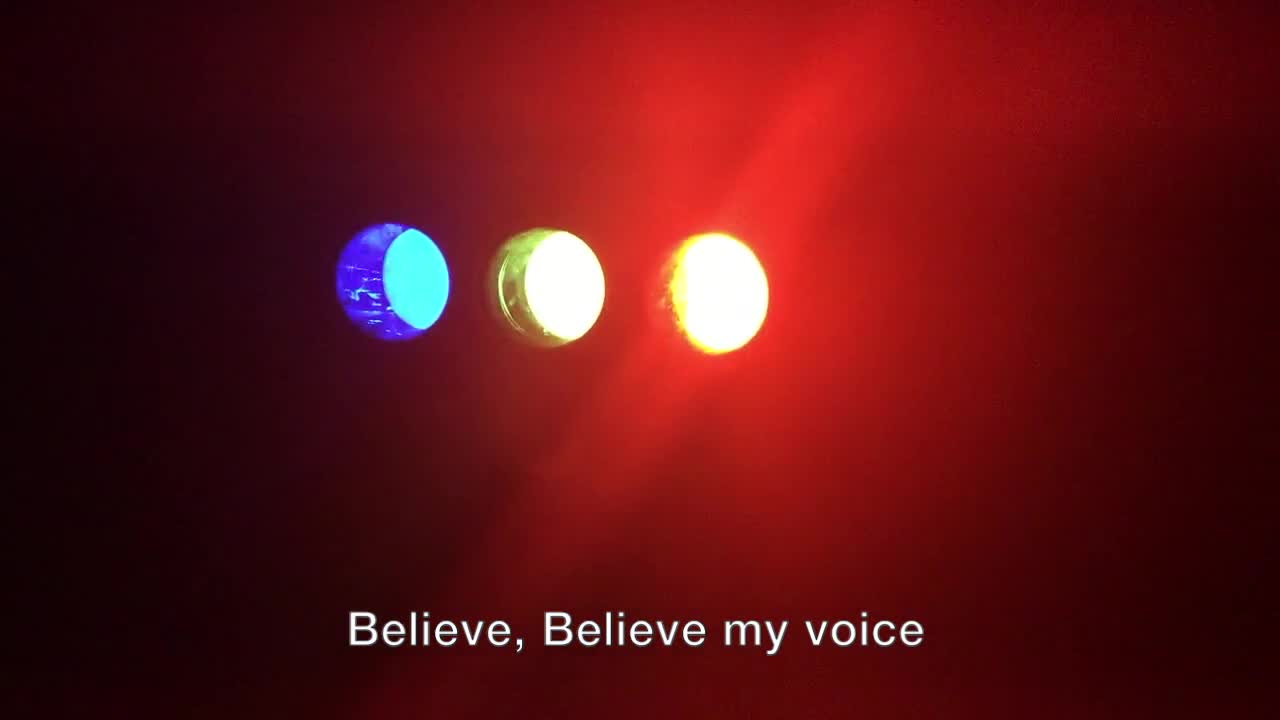
– Roya Keshavarz | Khalvat | 07:37 | 2016
In this project, I have worked on three main concepts in public art; Personal Space, Combining Energies, and Movement. These three concepts merge when we are talking about the public environment.
I have been living in Tehran for over 25 years and I have witnessed a big difference between the concept of personal space in this city compared to the foreign cities I visited and the definitions I was given in academic courses.
This misunderstanding about personal space in Tehran deeply affects society and family relationships. The main cause of this mistaken approach to personal space is tightly related to the cultural features of the Middle East.
Problems about privacy and personal space are very common inside the smallest structure of society, family. The family has a central place in Iranian culture and it, being at the core of society, has a direct impact on the way people use or learn to use public spaces. In particular, no or not enough respect for others’ personal space in this lively city of approximately 13 million inhabitants.
In this project, I tried to analyze and film the reactions and moods of pedestrians when their personal space is invaded, ordinary people passing or working in this public place when confronted with dancers in this crowded space in a creative and unexpected way. How will the crowd receive this energy given by the dancers, how will they share the space?
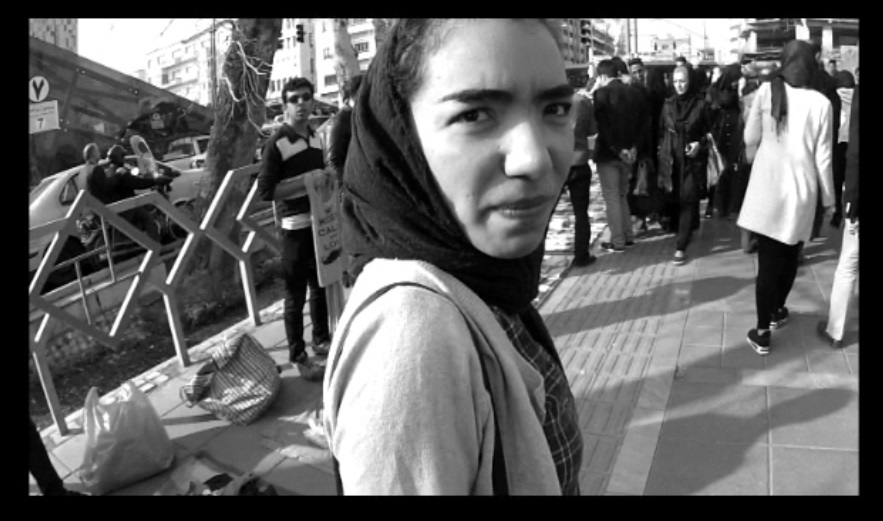
– Does the road offer a clue? | Nebras Hoveizavi | 17:17 | 2018 |
Having passed a dry desert, the fox reached an untouched plain. Walking along the plain, the fox came across a road. She was neither fatigued nor thirsty. Navigating by instinct was giving her infinite pleasure. She saw the cars passing by the road and asked: “I was wondering which road to take the right lane? Or the left one?” Just then, the beam of a car on the left lane elegantly passed through her body and said: “Go to the north walk along the left lane.” Aimlessly wandering the route, she enjoyed the lights illuminating her body. Suddenly, she heard a horrible sound. Two cars smashed together before her eyes. She escaped and said: “If I had taken the direction toward the right lane, I wouldn’t have witnessed such a collision.” The road, under her feet, laughed and said: “I had been waiting for you for a long time.” The fox responded, “But I had made a choice…” The road said: “…and I had foreseen.” The fox asked: “Where am I going next?” the road replied: “You are the one in charge!” The fox said: “But you know it!” the road said: “I know … But the illusion of making a decision is pleasant!”
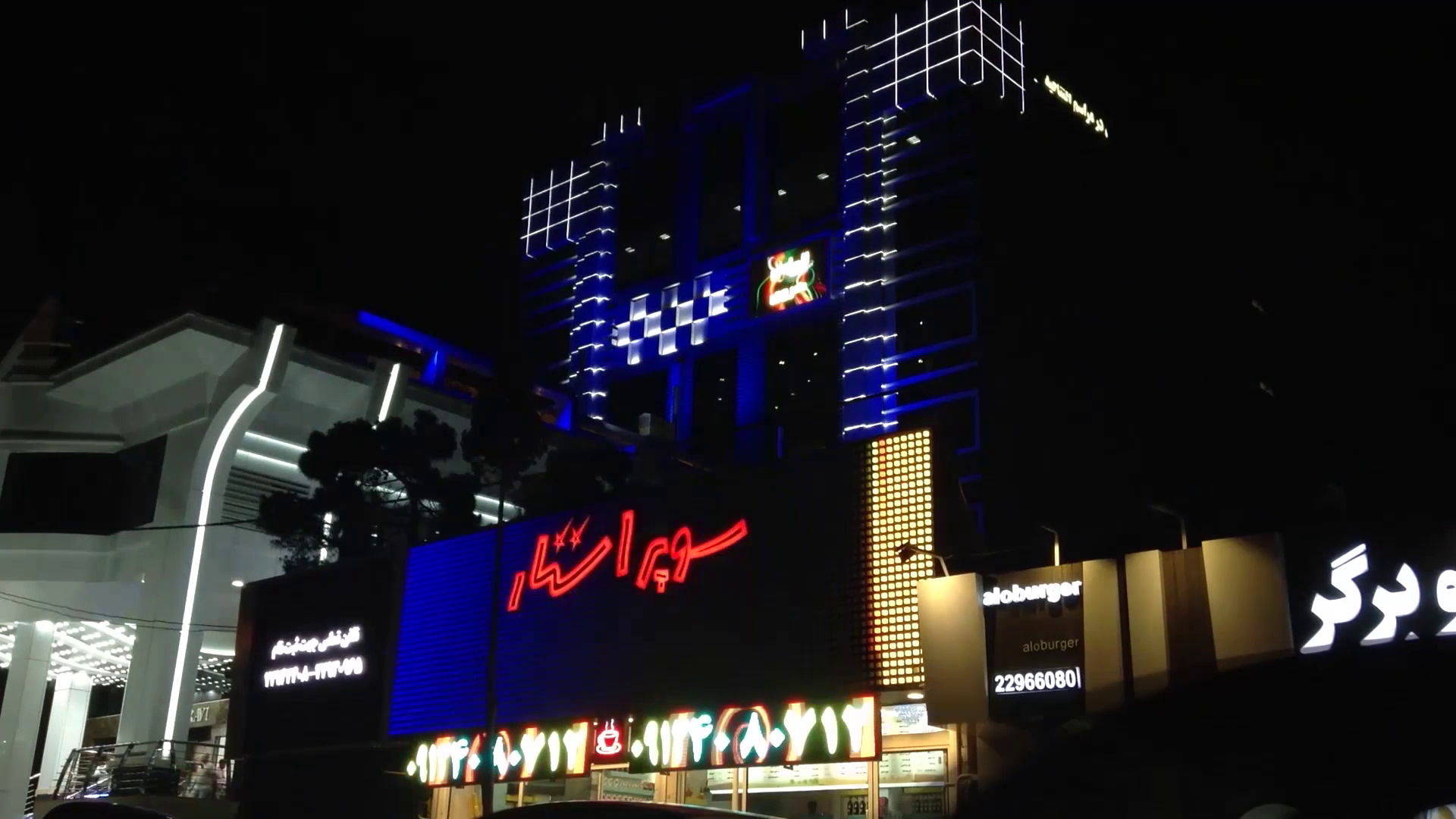
– Mojtaba Saranjampour | Contradictory Scene | 02:58 | 2015
It snows, I step on the white ground; I turn my face to the sky and experience the fear and joy of snowfall simultaneously, a dual sensation that drew me to this project, the simultaneous sensations between two desires met together; mediated by expired black and white negatives.
Here you see the rocks that have lost their original form over time. There has been a change in the white snow; time has left its mark on the mechanical tools.
It is inevitably a kind of change, whether it is in the body or the soul, in color or light. In a word, one may be the truth, and the other to test the truth
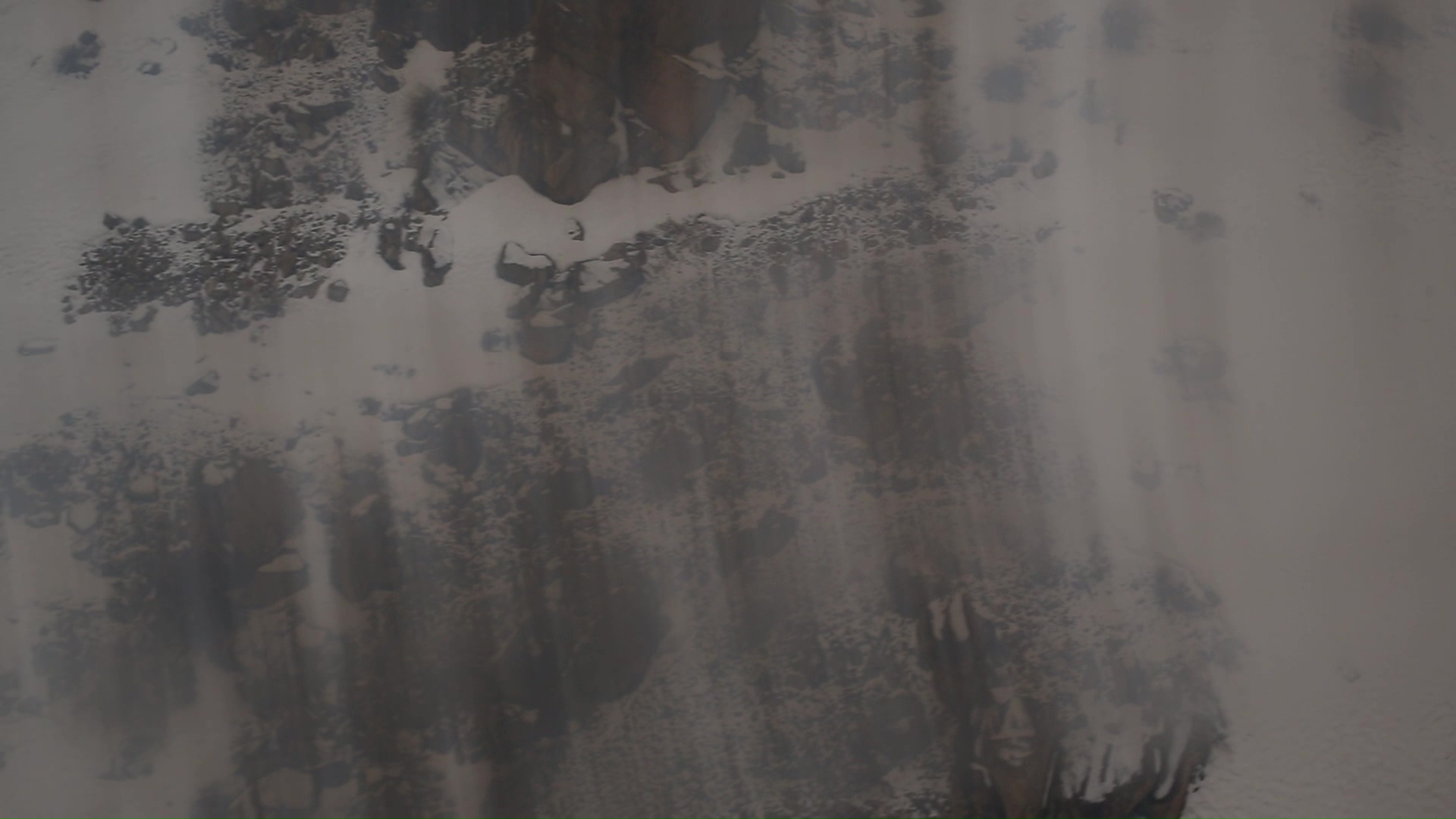
– Sanaz Sohrabi| Notes on Seeing Double|11:10 | 2018
What is the anatomy of a revolution? Masses of bodies with a collective desire? “Notes on Seeing Double” takes the figure of speech of “Temsaal | تمثال” in Farsi as its point of departure to unpack this question. Through a rare juxtaposition of a documentary photograph taken in February 1979 in Tehran and a painting drawn by Rembrandt depicting the famous anatomy theatre of Amsterdam in 1632, “Notes on Seeing Double” analyzes the conditions of visually within different systems of knowledge production. Written and directed as a video-essay, it looks at the threshold of seeing and remembering, a gateway into unpacking the relationship between pre-existing images, language, memory, and the ways images are entangled with different processes of visualization. Streams of thoughts are accompanied by sutured images, combining diacritic essayist strategies with prose-fiction. “Notes on Seeing Double” weaves together observational footage with historical images and wavers between being imaginative, fictitious, or real.
